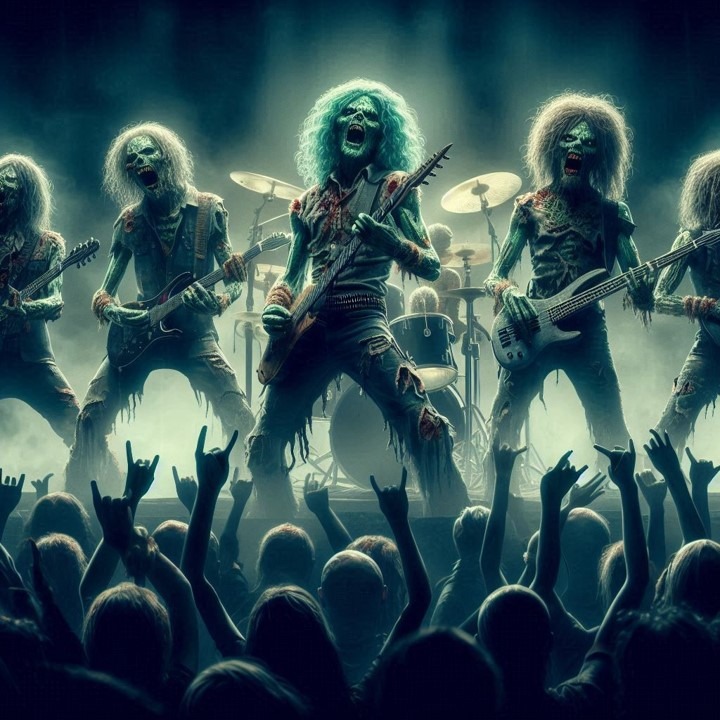
Last week’s most-read post, “How Classical Is Fighting The Demographic Cliff,” focused on how a format featuring music that is centuries old manages to remain relevant, sustainable, and profitable.
On the heels of that post, today’s topic to start the new week revolves around this same theme: keeping music formats that focus on catalog vital and radio-relevant. As more and more formats gravitate to gold music, the pressure to keep these stations sounding fresh and attracting diverse demographics only increases over time. And without the infusion of marketing – always at a premium in today’s competitive radio environment – the burden of keeping these stations current-sounding and relevant falls on the shoulders of programmers and talent.
While I can’t speak eloquently about formats like Country and Hip-Hop, I am very much aware how Alternative and Rock have amped up their catalog content over the last several years. As the industry has learned over the past few decades, the Classic Rock environment continues to show signs it can remain a meaningful, if not dominant, pop culture force. This suggest other formats can pick up a few pointers along the way.
over the last several years. As the industry has learned over the past few decades, the Classic Rock environment continues to show signs it can remain a meaningful, if not dominant, pop culture force. This suggest other formats can pick up a few pointers along the way.
As we’ve learned, bona fide Classic Rock artists have received important boosts from other corners of the media and entertainment industry. It’s not just about their songs being licensed to prominently appear in feature films or television series, although that’s an important piece of their process. Their presence in videogames has also added greatly to their longevity and multi-generational exposure, as has their merch, now widely available in every Walmart and Target store in the country.
However, staying power of this magnitude doesn’t just happen. In fact, most musical careers – even those that experienced a degree of fame (and fortune) – typically have the trajectory of a Roman candle: a quick rise, and oftentimes, an even more rapid and even tragic crash. The term, “one-hit wonder,” was born in 1977, and is credited to a writer for the Winnipeg Free Press in referring to how ABBA had eluded the label by continuing to crank out monster hits.
And of course, smart data scientists like Daniel Parris, who writes “Stat Significant” on Substack, recently took on this topic in a post published last week, “How Long Does Music Stardom Last?” In his sub-head, Parris poses the question, “When do music stars achieve fame, and how long does fame typically last?”
The answer, of course: Pitifully short.
Unless you’re a Classic Rocker whose career has been extended, in most cases by consistent radio airplay over the past three or four decades in markets all over the country – and the world. The chart below shows just how rare it is to stick around for more than a five-year span on the Billboard Top 40 chart:
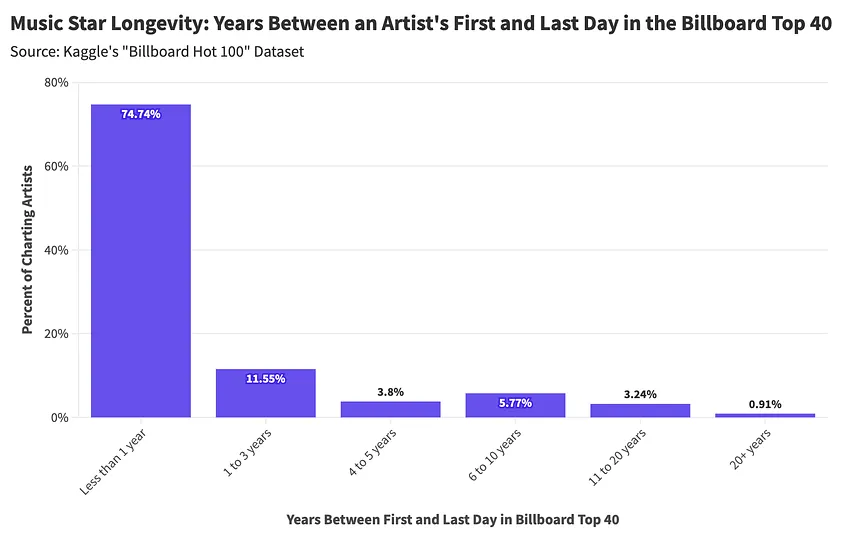
There are a handful or artists – mostly Classic Rockers – inhabiting the far righthand side of the chart. According to Daniel, Elton John holds the record between hits – a truly mind-blowing 50-year span encompassing the release of “Rocket Man” in 1972 and “Cold Heart” a half century later. The “Stat Significant” post tells us that Cher, Santana, and Springsteen are part of the 1% that have produced Top 40 hits over a 20+ year period. It’s an elite group.
It would be fascinating to see this same analysis using the Billboard 200 which measures album popularity, compiled by Luminate. For the Classic Rock community, that chart is more germane.
Of course, the ability of an artist to produce big hits over time is also dependent on whether they live long enough to write and record them. Another chart in the “Stat Significant” reveals the average lifespan for a musician is just 64 years. (a. Aren’t you happy you went into radio? and b. Weren’t the Beatles prophetic?)
Maybe all this helps explain one of the oddest stories I’ve read this year – in Rolling Stone, no less – attempting to determine the most popular band in the U.S. this year. Now based on just being alive, most people would probably name Taylor Swift or possibly Springsteen or the Stones. But in a true curve ball story written by Bob Sheffield, last week’s story featured this shock-and-awe headline:
“The Biggest Band in America in 2024 Is,..Creedence Clearwater Revival”
CCR released a rash of great singles and albums 50+ years ago, and yet oddly enough, Sheffield says this venerable Classic Rock band is somehow at the top of the heap this year. What gives?
He cites their now-legendary greatest hits package, Chronicle as a mainstay on the Billboard 200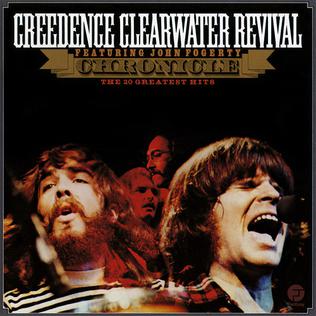 week after week, year after year. CCR’s greatest hits album was sitting at #39 last week, virtually impossible to dislodge from this chart.
week after week, year after year. CCR’s greatest hits album was sitting at #39 last week, virtually impossible to dislodge from this chart.
Of course, this is an anomaly as Sheffield points out. Even Pink Floyd, the Eagles, and the aforementioned Elton John haven’t matched CCR’s feat.
How does this make sense to this Rolling Stone writer? Here’s his hot take:
“There’s only one explanation for CCR’s phenomenal popularity: People just keep falling in love with these songs without caring about demographic niches or generational clichés or fashion trends. It’s the kind of popularity that officially isn’t supposed to exist.”
But of course, it does. Many of you reading this who still conduct music tests know this story well. Many songs 40, 50, and even 60 years-old have higher test scores than any released this century. And yet, I continue to hear from smart radio programmers and managers who explain to me the kids who first enjoyed “Proud Mary” in 1969 are now 75 years-old, far out of the relevance range for media buyers everywhere. So, why on earth would we continue to play them?
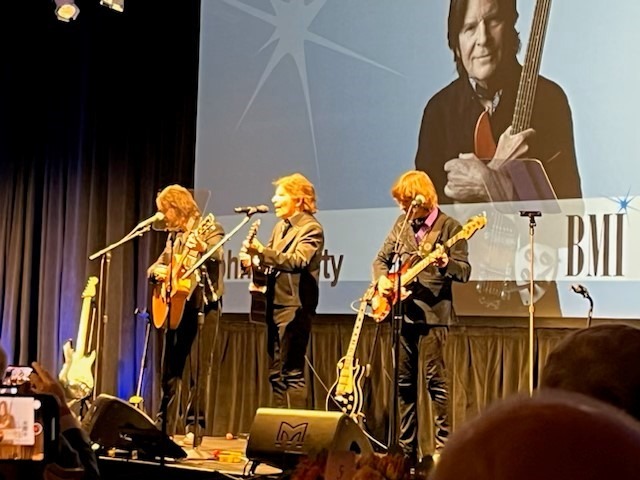
It is truly amazing how CCR – better put, John Fogerty – has stood the test of time. While not a superstar like Jagger, McCartney, Clapton, or Springsteen, Fogerty has kept his head down and has stayed true to his music. Now touring with his two sons, the founder of Creedence Clearwater Revival received the prestigious BMI Board of Directors Award at the 2023 BMI/NAB Dinner sponsored by Xperi (pictured).
Paul and I were fortunate enough to attend that dinner and chat with Fogerty afterwards. Ironically, I ran into him last week at a Jack White concert in Detroit. Fogerty played Detroit at the Pine Knob Music Theater the night before. The 79 year-old Classic Rocker looks good and still sounds great.
But not everyone is as fortunate and resilient. How does Classic Rock survive when the ravages of illness and even death go from hypotheticals to inevitabilities? That’s the question many were asking last week when Aerosmith released this sad statement about Steven Tyler‘s health and the band’s inability to continue touring:
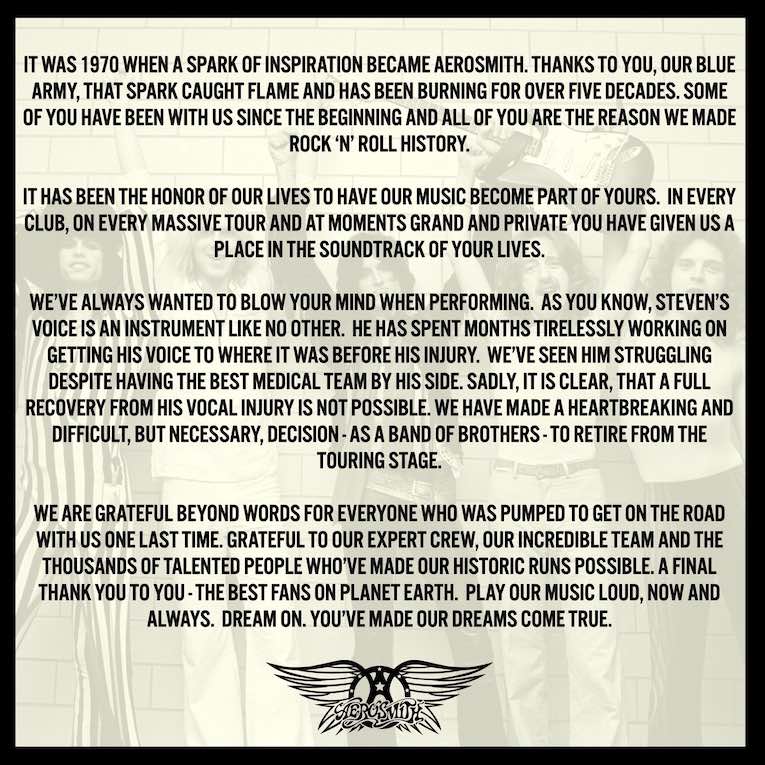
Heartbreaking, right? After 54 years of amazing concert performances, it’s over for this great rock band from Boston.
Or is it?
After all, Journey has done exceedingly well, despite Steve Perry leaving the band more than 25 years ago. He was replaced by soundalike Arnel Pineda – and the band continues to successfully tour to this day.
But what happens when all original members of once-popular bands are no longer around? Is it even remotely possible to sustain a career, much less a popular and profitable one when there’s no one left?
Rolling Stone’s Andy Greene says a definite “yes,” in his new story, “Zombie Bands Attack! These Touring Groups Don’t Have a Single Original Member.”
Greene provides an extensive list, ranging from ancient groups like the Kingston Trio and the Platters all the way up to Lynyrd Skynyrd, Molly Hatchett, and Iron Butterfly. With no first generation players left, all these bands (and many more) remain viable on the touring circuit.
Last week, the last remaining original member of the Four Tops, Duke Fakir, passed away. But you can bet the post-mortem ensemble of that amazing Motown ensemble will continue on, singing “Bernadette” and “It’s The Same Old Song” for years to come. And odds are, concertgoers will be delighted to pay to see a new rendition of the Four Tops.
I’ve blogged about ABBA’s clever avatar show in their “ABBA Voyage” extravaganza permanently housed at their specially designed arena in London.

Not to be outdone, KISS appears to headed down the same road, looking to build a theater in the most optimal venue. Guitarist Tommy Thayer is pointing to Las Vegas, but nothing is official yet.
But what options does the family or the remaining members of the band have when the main star passes away? That was the Tom Petty story when the prolific writer and performer tragically left this earth at 66 year-old (barely over the rock star average) back in 2017.
The artist has been sustained by SiriusXM’s Tom Petty Radio (CH. 31), an exceptionally well-programmed station helping to keep the memory of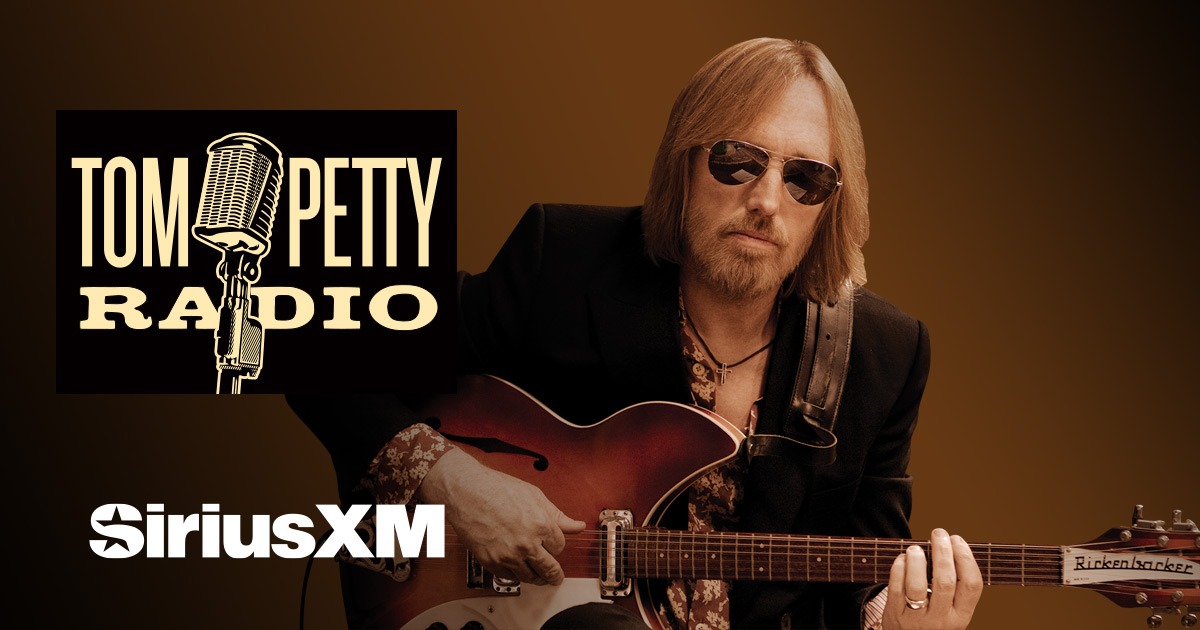 the artist and his music alive. The channel has strong benchmarks, including “Last DJ” where fans get to play their five favorite Petty classics. And there’s “Buried Treasure,” a show that features Tom’s favorite songs that influenced his life and his career in music.
the artist and his music alive. The channel has strong benchmarks, including “Last DJ” where fans get to play their five favorite Petty classics. And there’s “Buried Treasure,” a show that features Tom’s favorite songs that influenced his life and his career in music.
To add longevity to the artist and the channel, Petty recorded hundreds of shows while he was alive that continue to get packaged and repackaged to keep them entertaining. And it allows for Petty’s voice and personality to frame the channel.
And several former members of the Heartbreakers, Tom’s band, have their own weekly shows. Once again, this new content also keeps the channel sounding current and fresh.
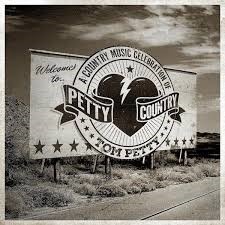 There are also interesting and creative projects leaning into Petty’s songwriting ability that are spreading and elongating his brand. The recently released Petty Country, an album of covers recorded by the likes of Dolly Parton, George Strait, Willie and Luka Nelson, and Chris Stapleton. The album provides exposure to Petty’s music he wasn’t getting when he was alive.
There are also interesting and creative projects leaning into Petty’s songwriting ability that are spreading and elongating his brand. The recently released Petty Country, an album of covers recorded by the likes of Dolly Parton, George Strait, Willie and Luka Nelson, and Chris Stapleton. The album provides exposure to Petty’s music he wasn’t getting when he was alive.
There ae some amazing versions of Tom’s songs on Petty Country, but Dolly Parton’s version of “Southern Accents” may be the best.
And just last week, long-time label exec, Michael Plen, let us know about a new show debuting this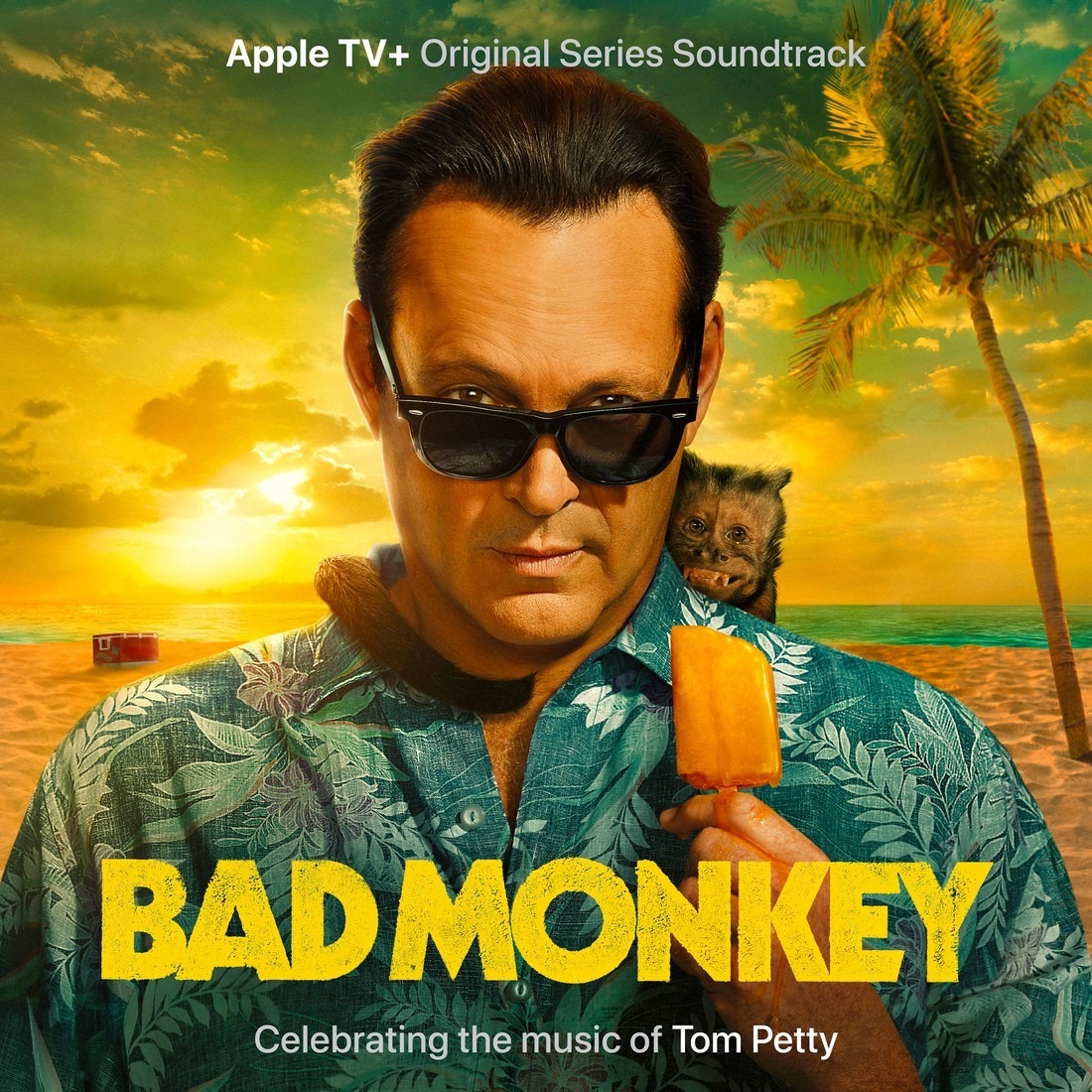 week (8/14) on Apple TV+. Bad Monkey is hosted by actor Vince Vaughn, and features modern covers of Tom Petty songs.
week (8/14) on Apple TV+. Bad Monkey is hosted by actor Vince Vaughn, and features modern covers of Tom Petty songs.
According to Plen, the pilot includes Eddie Vedder’s version of Petty’s haunting “Room At The Top,” along with Larkin Poe’s “Runnin’ Down A Dream.”
New covers will be released weekly with the soundtrack album going public in early October. All of this activity adds years to the Petty legacy – and the estate’s coffers.
As media proliferates, as multi-channels and platforms expand, and as new collaborations and partnerships are forged, it becomes obvious how the life and times of Classic Rockers (and artists from other genres) can and will be extended.
And while these projects make longtime fans happy, their obvious ability to expose “new” music from classic artists becomes more obvious.
Content creators are looking for sure things, and leveraging evergreen artists and their catalogs are the next inevitable step in Classic Rock’s ability to remain mainstream and current despite its chronologically aging music.
But let’s return to where we started – the confluence of Classical and Classic Rock. I recently received an online brochure for an event at the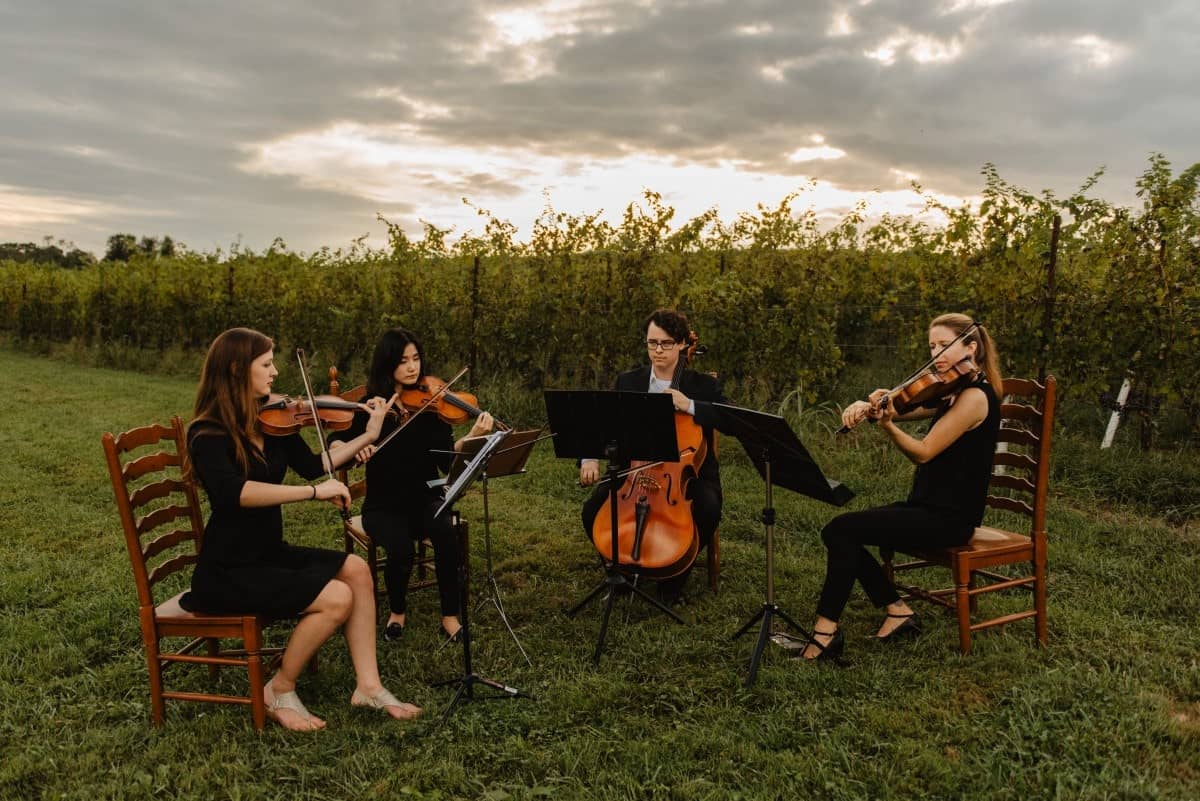 Crystal Ballroom inside the historic Detroit Masonic Temple here in Detroit. It’s called “Candlelight: Classic Rock on Strings” featuring the Listeso String Quartet (pictured) reinterpreting the music of the masters.
Crystal Ballroom inside the historic Detroit Masonic Temple here in Detroit. It’s called “Candlelight: Classic Rock on Strings” featuring the Listeso String Quartet (pictured) reinterpreting the music of the masters.
Sort of.
Here’s their tentative set list:
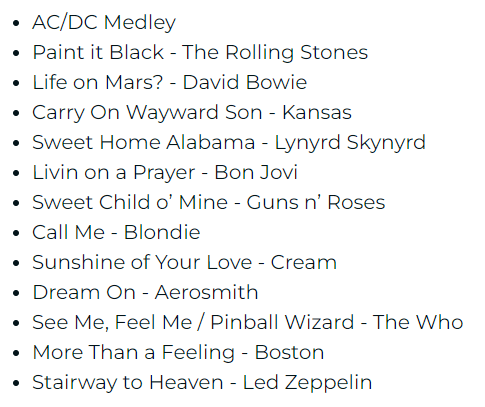
The show promises “a live, multi-sensory musical experience…under the gentle glow of candlelight.”
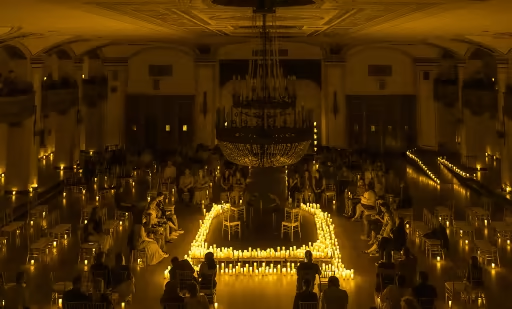
And of course, that’s the point – experiencing the music through different venues, interpretations, lighting, sound, and instrumentation.
These types of connected events and experiences are becoming more common throughout the country, exposing the music to more and more people – especially young ones. Figuring out how radio can become involved in the marketing and promotion of these events is yet another way to keep the music fresh.
All I can say is that their AC/DC medley better start or end with “Thunderstruck.”
- Who At Your Station Would The Audience Like To Have A Beer With? - May 20, 2025
- Lessons For Radio From The Recent Google Home Outage - May 19, 2025
- The Rock Hall’s Most Egregious Snub Yet? - May 16, 2025




Wonderufl, Fred! What stikes me from latest research is that if you combine the proper playlist curation of Classic Rock and Classic Hits you get the #1 overall radio format. Regarding catalog music and CLASSICS, Alternative radio isn’t helping. There are familiar album cuts by the greatest and new artists but many “who cares” unknown tunes. It’s all in the playlist, presentation and local connection. Seemingly, a lost art in many markets. The original Boston CBS/FM Softrock was Mass Appeal Adult Album: Joni. Without the baloni. Here’s to the New Season and the Greatest Hits that pass the test of time!
Nearly a decade after their heyday I saw Blue Cheer at a rundown auditorium in Wilmington CA (Port of Los Angeles), with bassist Dickie Petersen the only original still standing. Where are they all now? But their cover of “Summertime Blues” still grabs you when it floats across the airwaves.
There’s gold in them hills. Mine it.
And there’s an audience willing to pay to see a band called Blue Cheer, whoever the band members may be in 2024. Good points all, John.
I started to notice this new pathway a few years ago. I took my granddaughter’s to see the “Minions: The Rise of Gru”.
The music soundtrack blew me away. It was all 70’s hits. Shining Star, Black Magic Woman, Cecilia, Bad Moon Rising, Vehicle, Car Scratch Fever, You’re No Good, Hollywood Swinging, All The Young Dudes, Get Down Tonight, Instant Karma, Fly Like An Eagle, You Can’t Always Get What You Want, Born To Be Alive, Funkytown, and more.
When we returned to the car, they wanted to hear the soundtrack on Spotify! Over and over and over.
These were brand new songs to Georgia and Hazel, who were 6 and 8 years old.
They will likely know and enjoy some or maybe most of these songs for a lifetime.
These crazy publishing deals we read about make perfect sense to me.
If holographic KISS is performing at the Sphere, I’d probably go.
At the end of the Dead and Co show, they flash a huge branding phrase after the final scene. It’s both ironic and a notice of the future of music exploitation:
DEAD FOREVER.
It is so interesting you mention this, Bob. My grand niece and nephew, Yael (7) and Ryan (4), visited us in Detroit last month. One night, we watched one of the “Minions” movies together. It was my first exposure to this series. Like you, I was blown away by how much Classic Rock was featured in the movie, and especieally well-selected for the story plot. The kids I have no idea what year this stuff was released in or how us radio people categorize it. They just hear great songs that want to hear – again and again.
Thanks for the reminder, Bob, and great to see you this year at Boot Camp.
These legacy classic rock acts touring with one (or no) original members get a bad rap. I think it’s a win for music fans – especially younger ones who are just discovering classic rock.
Yes, King Crimson, Foreigner, Deep Purple, Judas Priest, Blue Oyster Cult, Journey, Skynyrd, The Wailers – all still great live.
The more live music options out there, the better!
This definitely doesn’t just apply to English-language Rock.
I came across a promotional announcement regarding a concert in about a month at a venue in suburban Chicago that’ll include separate tribute/cover bands for Caifanes, Soda Stereo, and Maná.
Also, while I’ve mentioned the Portuguese series Os Filhos do Rock before, I didn’t realize that someone has curated an unofficial Spotify playlist of its soundtrack–and might’ve updated it a bit over the years…
https://open.spotify.com/playlist/2m1xS3m1H1uNF6WlZFygKc
Thanks for chimming in on this post, Eric.